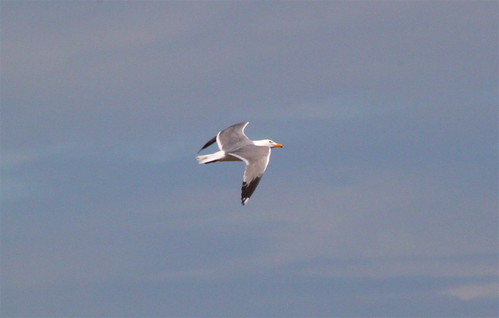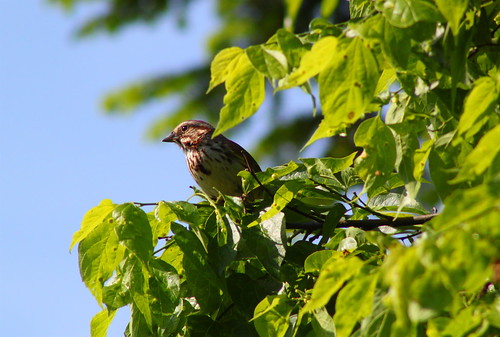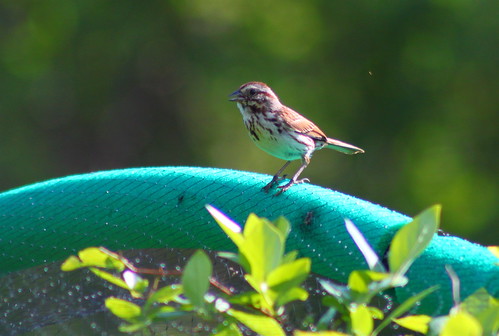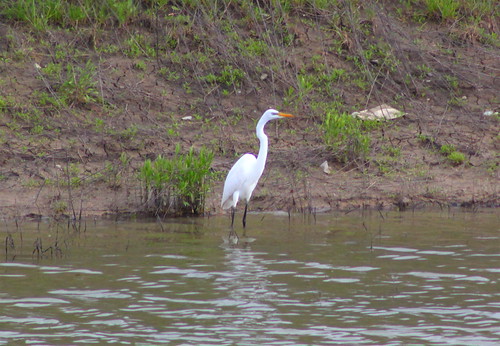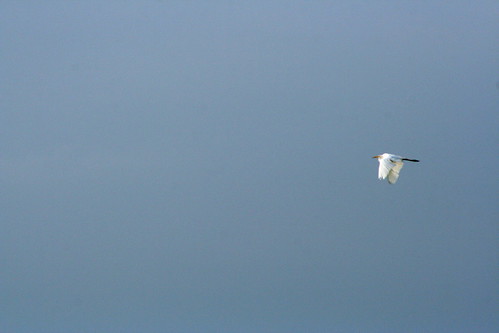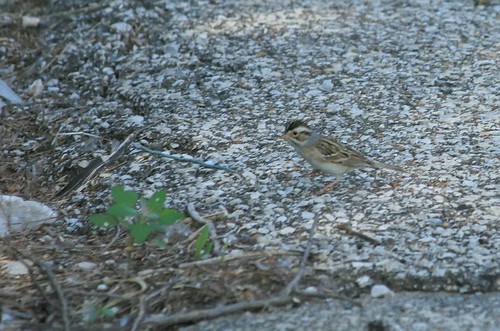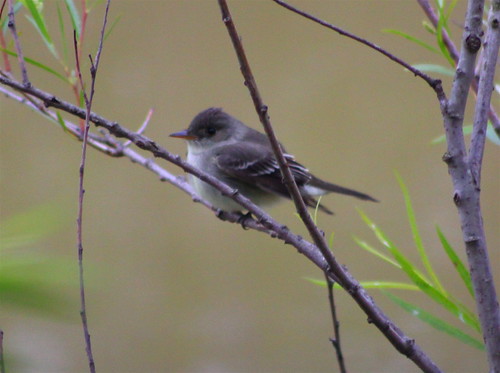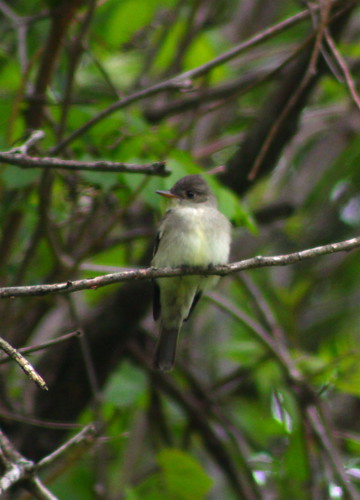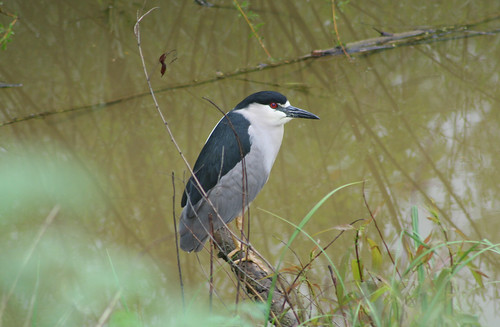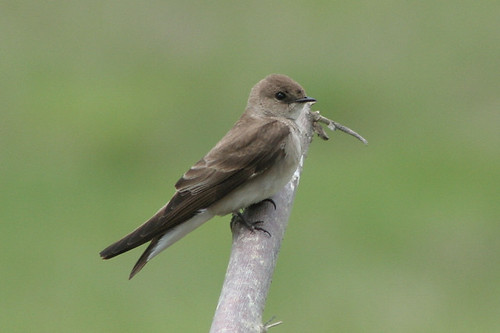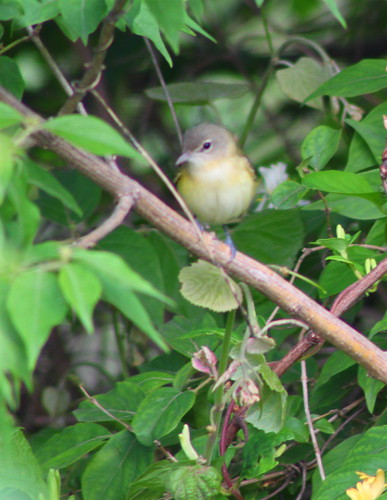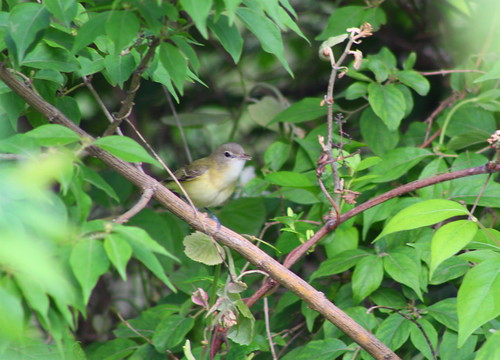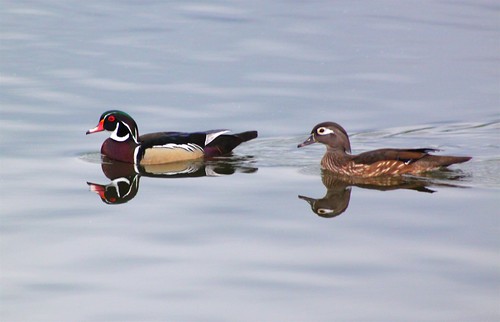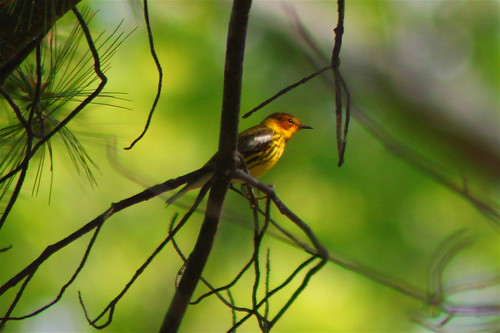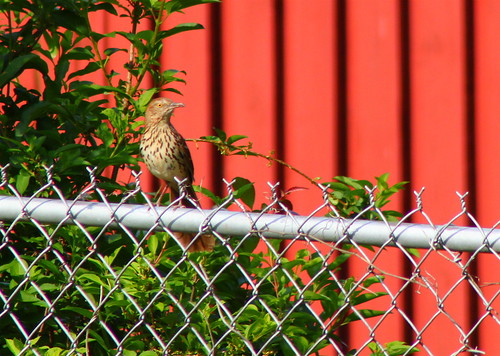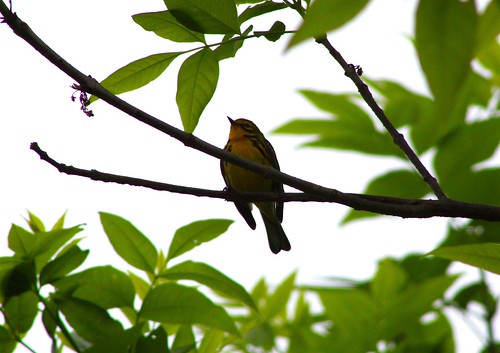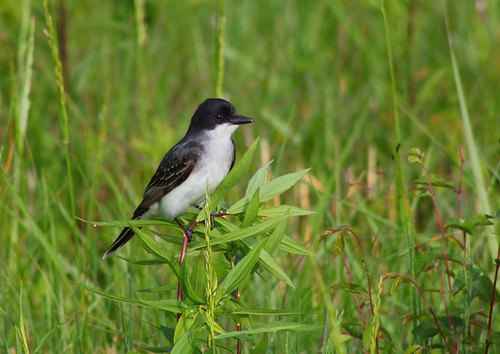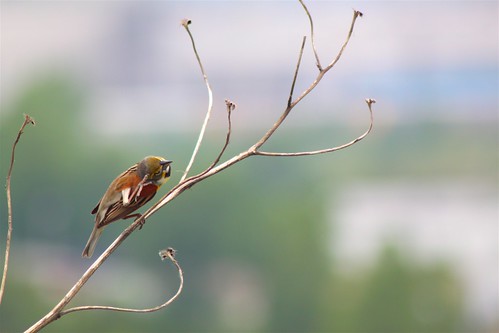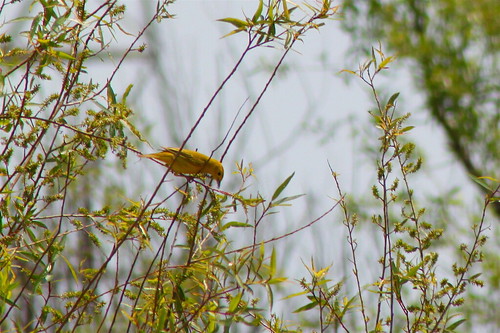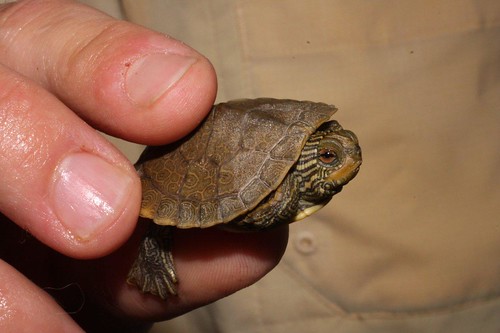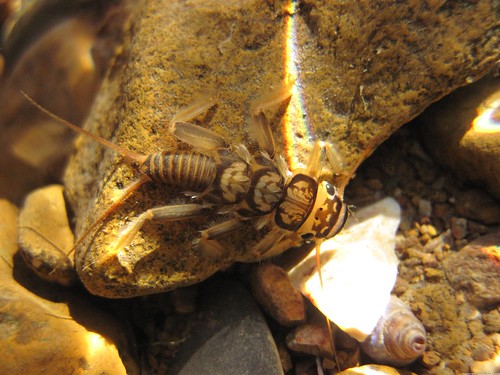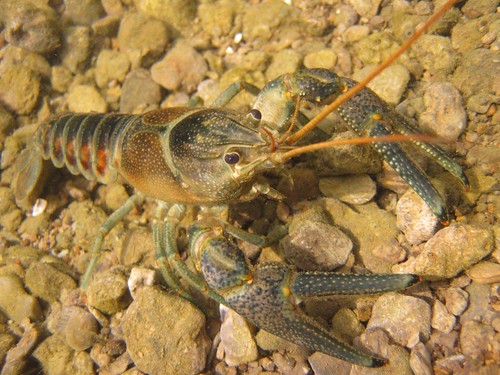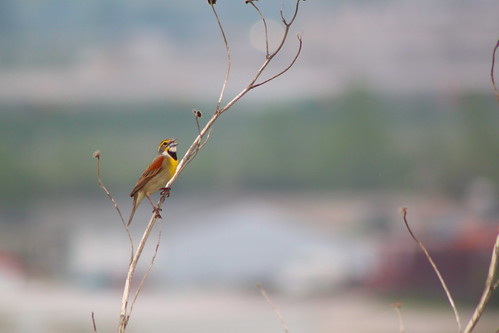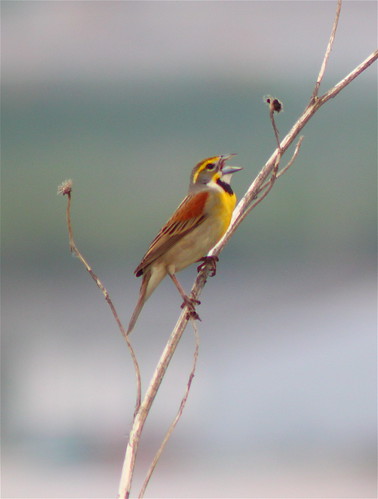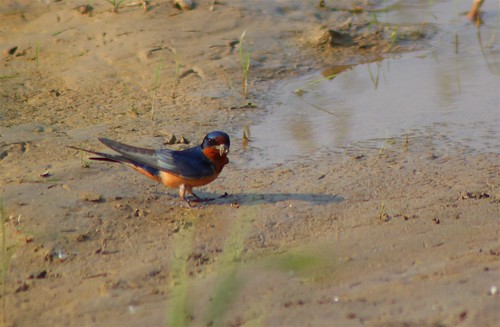I counted birds for the 2011 Beckham Bird Club Birdathon this weekend and found a total of 69 species in two days. I planned on doing it all on Saturday the 14th but the weather was looking grim and indeed it was, so I supplemented Saturday's count by counting birds at the landfill on Friday. My goal was to get some good pictures and video to share and I think you will enjoy what I found.
First a little about the Beckham Bird Club
Birdathon. The Birdathon is a competition held every year with the goal of raising money for bird conservation, habitat, and education. Last year the Birdathon raised around $14,000 for groups such as Raptor Rehab, Kentucky Natural Lands Trust, and Louisville Nature Center just to name a few.
So let's begin on Friday. In this post I will focus on the birds I saw Friday at the landfill and tomorrow's post will focus on the birds I saw at Floyds Fork Park, McNeely Lake, and my parent's house. There are a lot of good birds at the landfill and they were certainly out Friday night. A few common birds (at the landfill anyway) are below:
Dickcissel
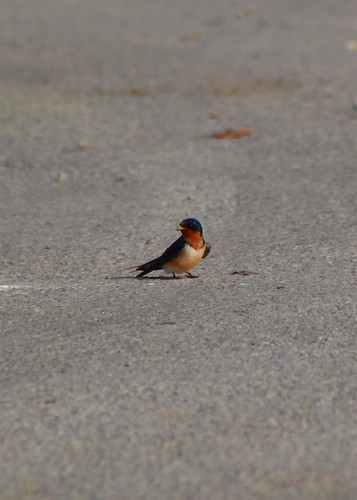
Barn Swallow
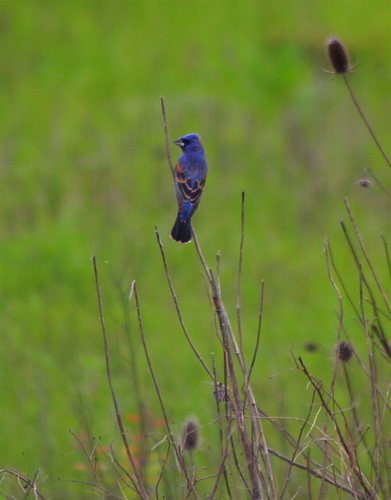
There are always several Yellow Warblers singing along the wet ditches at the landfill. A lot of warblers have some yellow on them, but the Yellow Warbler is completely so, only showing some red streaking on the breast and sides in males. The bottom picture is unfortunately out of focus, but you can see the bird is carrying something big and white in its beak and it is a clue that the bird has a nest of chicks nearby. What the bird is carrying is a fecal sac. When the chicks poop the adults must clean it out of the nest. They gather it all up in their beaks and carry it far away from the nest so as not to attract predators.
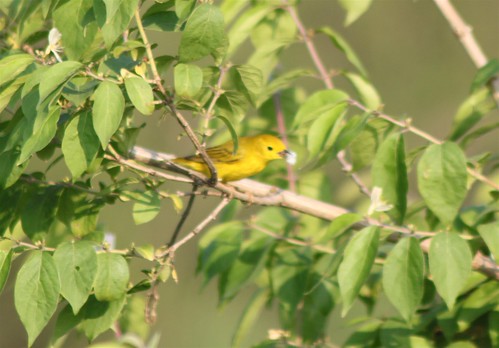
The light was really nice Friday as you can see in the pictures below.
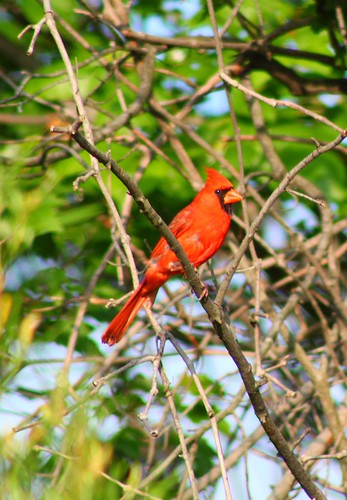
Northern Cardinal

Gray Catbird
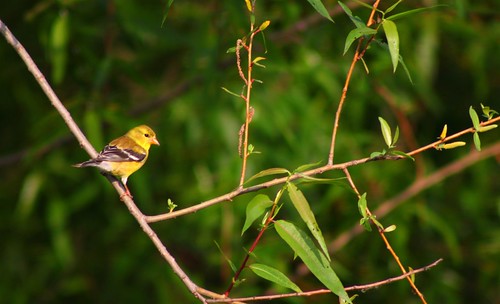
American GoldfinchRight before I left I decided to go down a gravel road that runs along a swampy area on the landfill. I'm glad I did because I got to see a neat interaction between two species of birds. I came across an immature Orchard Oriole taking a bath in a puddle in the middle of the road. He was really going at it, splashing around like a kid in a pool. He was so oblivious to everything else that he let me stand right next to him and take several pictures.

Maybe next time he shouldn't be so caught up in his bath because all of a sudden another bird dropped down out of the trees and attacked him. The little oriole was caught unaware and desperately tried to escape as fast as his little wet wings would let him.
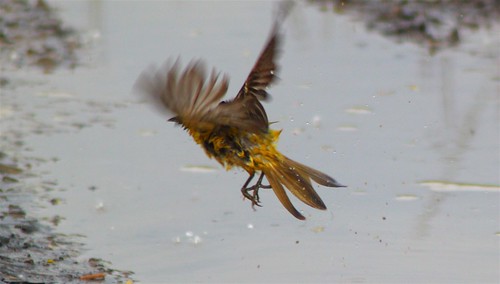
Strangely enough the other bird was an immature Summer Tanager. Adult males are entirely red, but this bird has mottling of green and yellow as well. I think he may have mistaken the Orchard Oriole for another tanager because after he pecked at him a few times he just sat there and looked a bit puzzled, almost as if he was embarrassed for having made a mistake.

All in all it was a good day and I came away with some great pictures (and video) to share. I didn't break it down how many birds were seen each day but the total across both days was 69. I think I could have easily added 10-15 more species if the weather had not been so dreary last weekend. All in all I am happy with what I saw and the pictures I was able to get. Below is a list of all the species seen for both days.
Canada Goose
Wood Duck
Mallard
Black Vulture
Turkey Vulture
Red-tailed Hawk
American Kestrel
Killdeer
Solitary Sandpiper
Mourning Dove
Chimney Swift
Ruby-throated Hummingbird
Belted Kingfisher
Red-bellied Woodpecker
Downy Woodpecker
Hairy Woodpecker
Northern Flicker
Pileated Woodpecker
Eastern Wood-Pewee
Acadian Flycatcher
Alder Flycatcher
Willow Flycatcher
Eastern Phoebe
Great Crested Flycatcher
Eastern Kingbird
White-eyed Vireo
Warbling Vireo
Red-eyed Vireo
Blue Jay
American Crow
Northern Rough-winged Swallow
Barn Swallow
Carolina Chickadee
Tufted Titmouse
Carolina Wren
House Wren
Blue-gray Gnatcatcher
Eastern Bluebird
Wood Thrush
American Robin
Gray Catbird
Northern Mockingbird
Brown Thrasher
European Starling
Cedar Waxwing
Northern Parula
Yellow Warbler
Cape May Warbler
Black-throated Green Warbler
Prairie Warbler
Common Yellowthroat
Yellow-breasted Chat
Eastern Towhee
Field Sparrow
Song Sparrow
Summer Tanager
Northern Cardinal
Blue Grosbeak
Indigo Bunting
Dickcissel
Red-winged Blackbird
Eastern Meadowlark
Common Grackle
Brown-headed Cowbird
Orchard Oriole
Baltimore Oriole
House Finch
American Goldfinch
House Sparrow
Tomorrow we will look at the birds seen at Floyds Fork Park, McNeely Lake, and my parent's house. Stay tuned!


 12:28 PM
12:28 PM


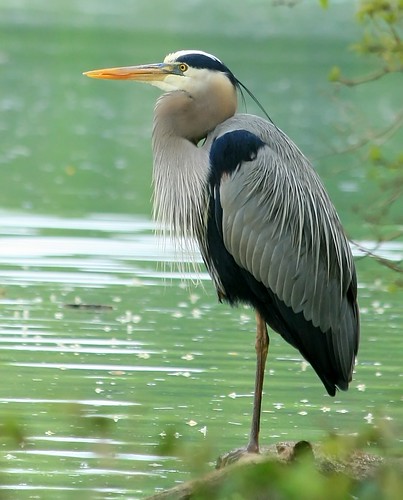
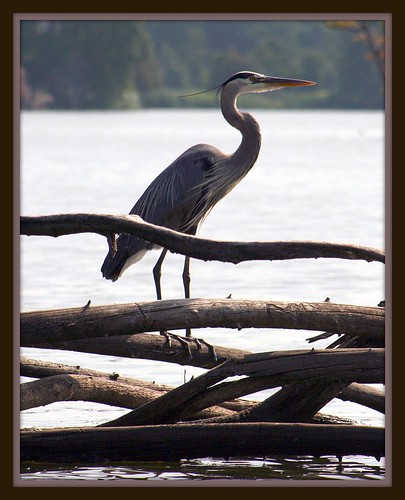

 Posted in:
Posted in: 
